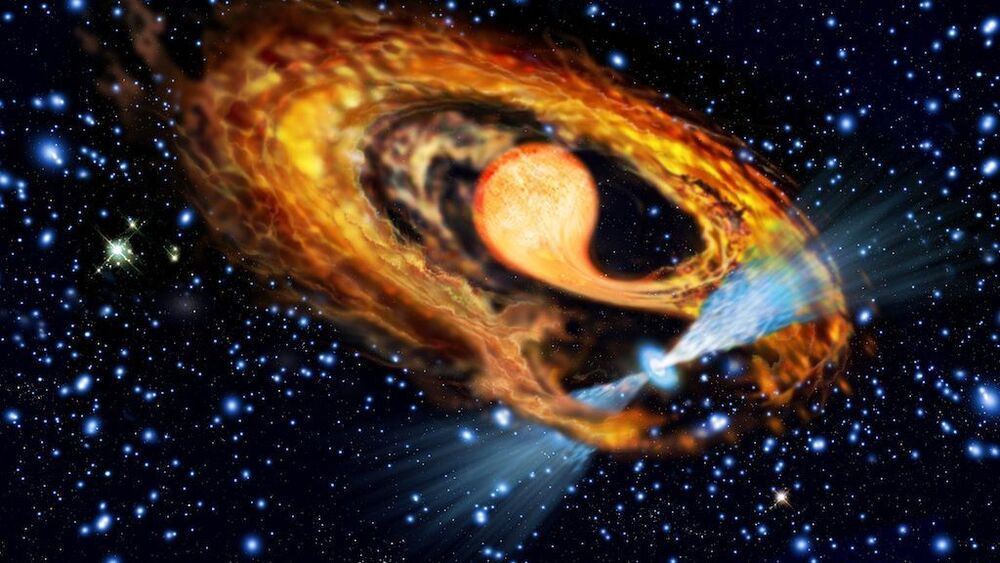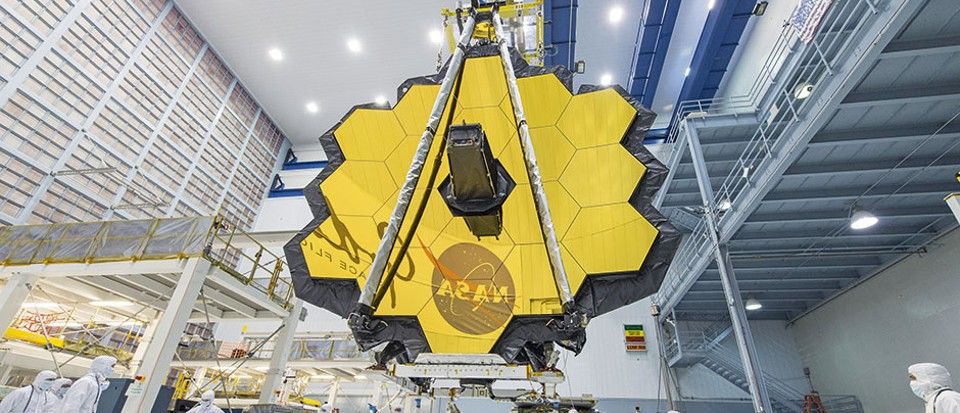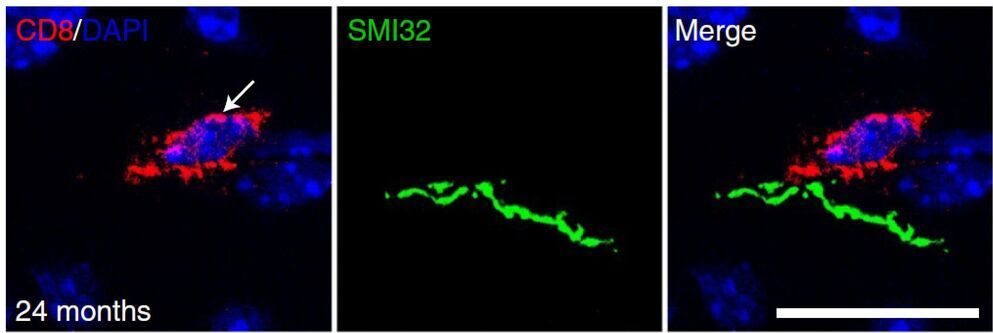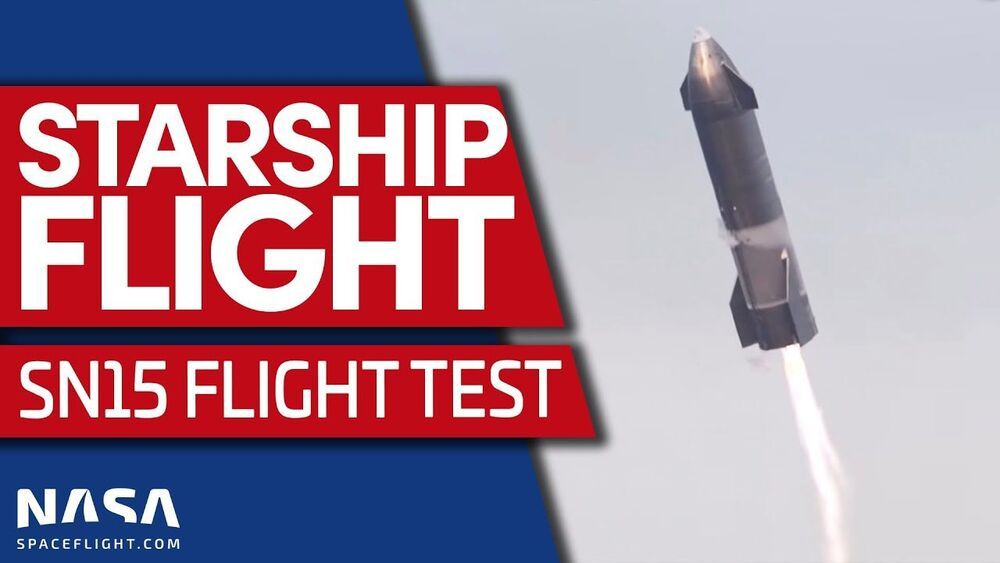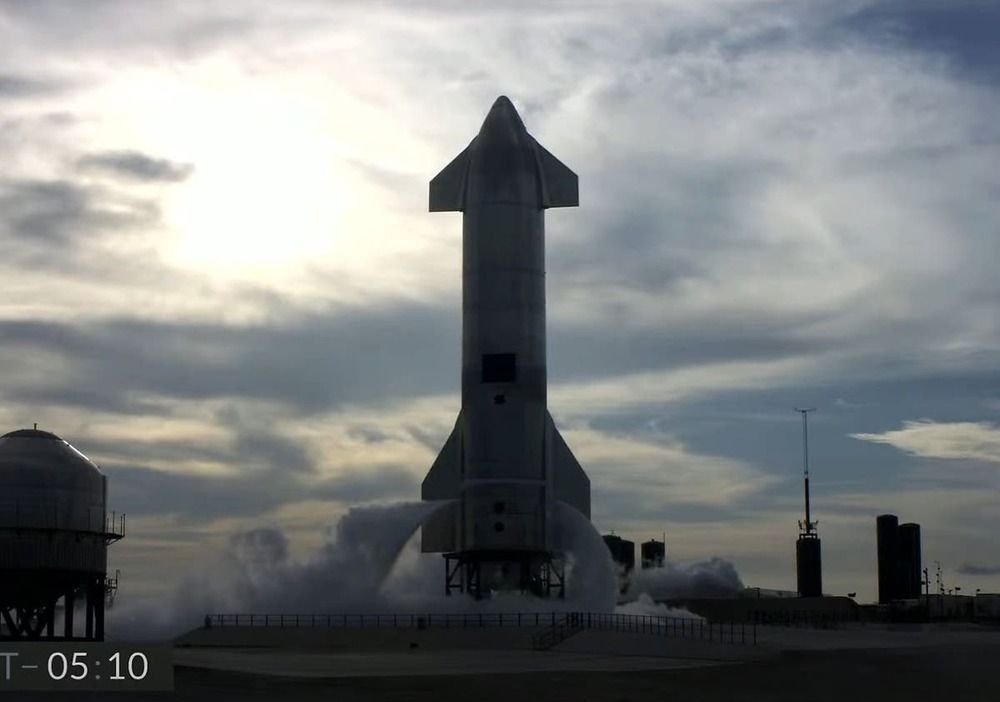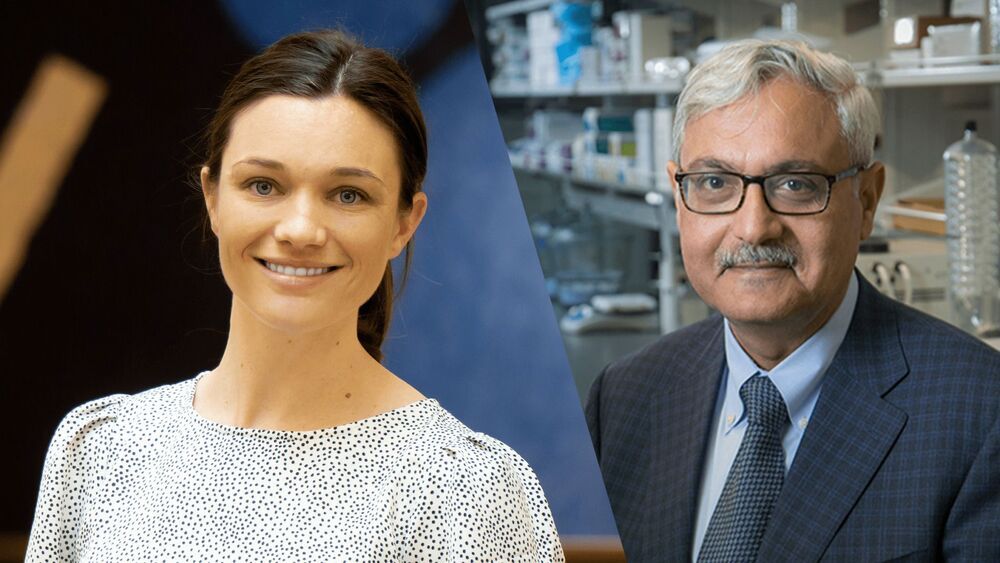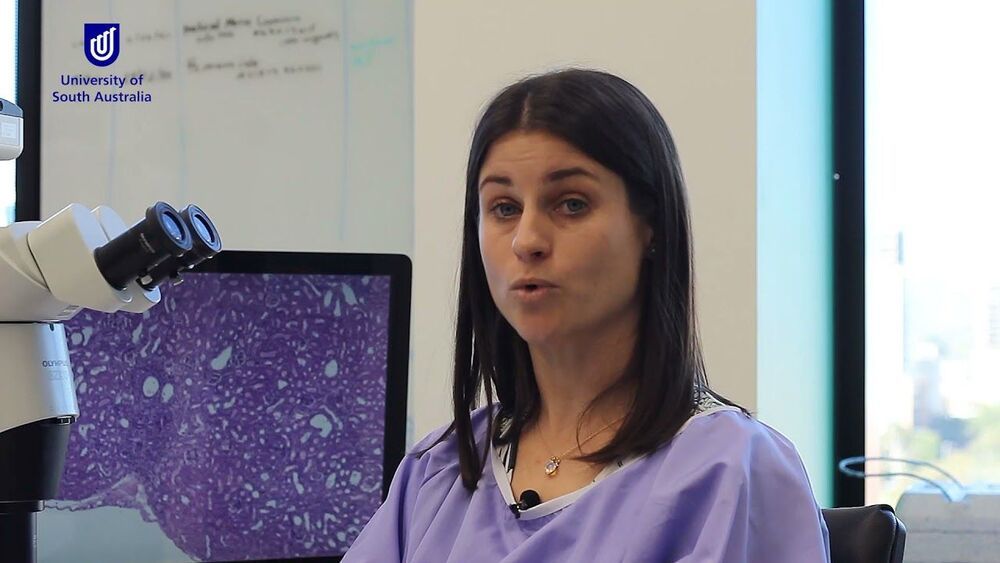Scientists using South Africa’s MeerKAT radio telescope have detected 8 new millisecond pulsars in the hearts of globular clusters.
As the James Webb Space Telescope readies for its launch later this year, we take a look at how this Hubble successor will eclipse its predecessor.
Gears are here to stay!
Patch notes from the latest HWInfo64 beta update prove that Intel will be using gear modes in Alder Lakes memory controller.
Summary: A new study sheds light on how highly sensitive people process information. After experiencing something emotionally evocative, brain activity displayed a depth of processing while at rest. Depth of processing is a key feature of high emotional sensitivity.
Source: UC Santa Barbara.
You know that raw overwhelm people have been reporting after months of a pandemic, compounded by economic issues and social unrest? Does fatigue and compulsive social media scrolling strike a familiar chord?
Aging is the biggest risk factor for perturbation of the nervous system, even in the absence of distinct disease or trauma. For yet unknown reasons, the impulse conducting, myelinated projections and synaptic connections between nerve cells are especially vulnerable to aging-related degeneration. These pathological alterations often manifest as cognitive, sensory, and motor decline in older adults and represent a serious socio-economic challenge.
Malactivation leads to damage
Scientists have long assumed that inflammation plays an important role in this process. Mal-or overactivation of distinct cells belonging to the innate immune system—the microglia—appears to promote damage of nerve fibers and synapses in the aging central nervous system (CNS). In a recent project, scientists of the University Hospital Würzburg have now discovered an important role of the adaptive immune system.
LIVE: Starship SN15 Flight Test
Posted in space travel
SpaceX is performing a test flight of Starship SN15. The prototype will aim to be the first Starship vehicle to softly land during a high altitude flight test. Like the previous Starship prototypes, SN15 is expected to fly to approximately 10 kilometers.
Updates: https://forum.nasaspaceflight.com/index.php?topic=52398.
The new Stan Smith Mylo is made from materials derived from mushroom and aims to add to Adidas’ sustainability efforts.
SpaceX has once again scrubbed the latest major flight test of its Starship rocket. The next-generation spacecraft was set to launch from SpaceX’s Starbase facility in Boca Chica, Texas, on Tuesday, but cancelled it for reasons unknown.
Starship SN15’s high-altitude flight test follows four previous attempts that all ended in massive explosions. SpaceX boss Elon Musk said previous issues with the rocket’s Raptor engines have been fixed “six ways to Sunday”, though if it fails to land cleanly there are more Starship prototypes currently under development.
Airspace clearance had been approved by the Federal Aviation Administration (FAA), road closures were in place with Cameron County, and marine hazard notices had been issued. The test was expected to take place between 12pm and 8pm local time (6pm — 2am BST) on Tuesday, however a backup launch window is also in place for Wednesday.
Genetic treatments are difficult to produce without facilities.
After Kelli Luginbuhl finished her PhD, her advisor, Duke bioengineer and PhaseBio co-founder Ashutosh Chilkoti, sat her down and asked if she wanted to launch and then run a company. Chilkoti had a once-obscure technology he and the venture capitalist Joe McMahon thought could form the basis of his second company and finally pay huge dividends. Luginbuhl knew the tech from years in his lab and was already looking for biotech jobs. It all added up.
Three years, some strategizing, and 10 or so pitch meetings later, the trio is launching Isolere Bio, with $7 million in seed funding led by Northpond Ventures and technology they believe can allow gene therapy companies to vastly increase the number of doses they can produce. It’s one potential solution to a slow-boiling crisis that has become increasingly acute, as new companies struggle to get the materials they need for trials and some common diseases remain theoretically unfixable by gene therapy, because companies would never be able to make enough doses for that many patients.
The problem is partially that the facilities don’t yet exist to produce this much of gene therapy. Experts, however, also point to antiquated manufacturing processes.
In diabetic nephropathy—a common cause of kidney disease—levels of NEDD4-2 are severely reduced. This is the case even when salt is not a factor.
University of South Australia researchers have identified an enzyme that may help to curb chronic kidney disease, which affects approximately 700 million people worldwide.
This enzyme, NEDD4-2, is critical for kidney health, says UniSA Centre for Cancer Biology scientist Dr. Jantina Manning in a new paper published this month in Cell Death & Disease.
The early career researcher and her colleagues, including 2020 SA Scientist of the Year Professor Sharad Kumar, have shown in an animal study the correlation between a high salt diet, low levels of NEDD4-2 and advanced kidney disease.
